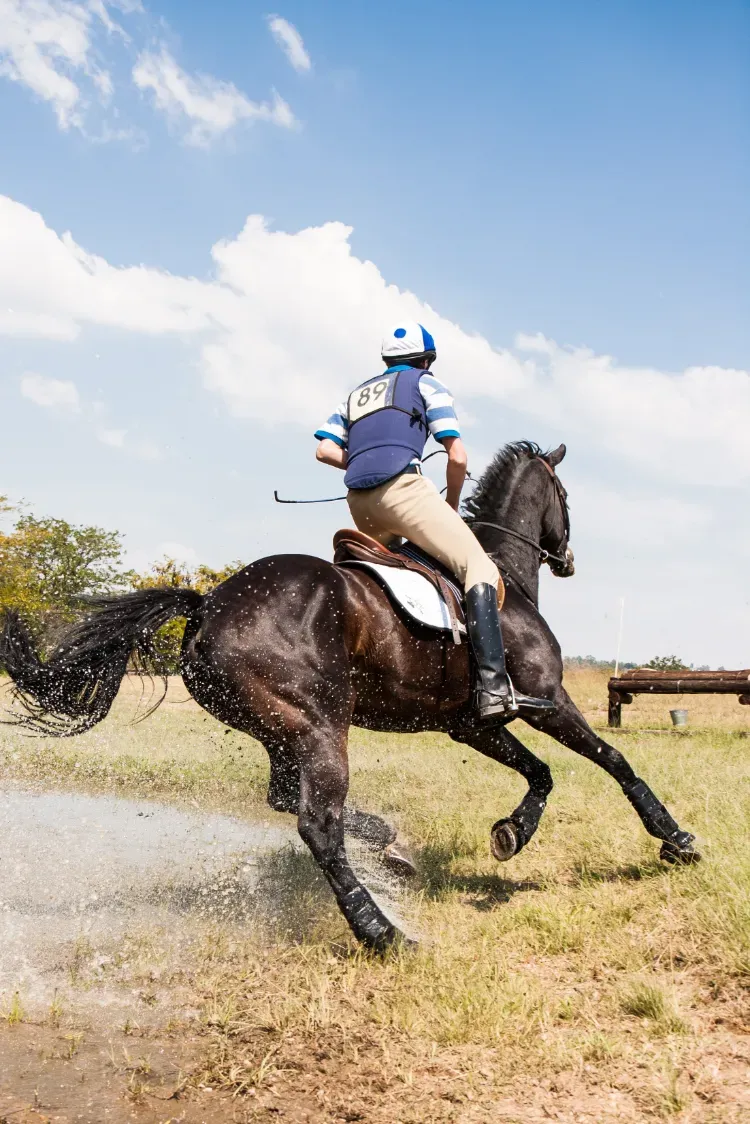
Table of Contents
The World of Equestrian Body Protectors: An Introduction
Horse riding enthusiasts are well aware that safety should be a top priority when engaging in this thrilling yet inherently risky activity. Body protectors have emerged as indispensable equipment for riders, offering a layer of protection that can make a crucial difference in case of a fall or accident.
In this article, we will explore the various types of body protectors available on the market, each designed to cater to specific needs and preferences of riders. Health and safety procedures affect many aspects of our lives and are very high on the agenda for horse riders because riding is a dangerous activity. With this in mind, body protectors are here to stay. Equestrians read this ultimate body protector review and make an informed decision before buying a body protector.
The Different Body Protectors on the Market
Four styles of body protectors are available, offering different levels of protection. The least effective are vests and the best are hybrid protectors which give the advantages of both shell and inflatable back protectors. Now let's look into the Vest, Shell, Inflation and Hybrid varieties so that you can pick the type you will require.
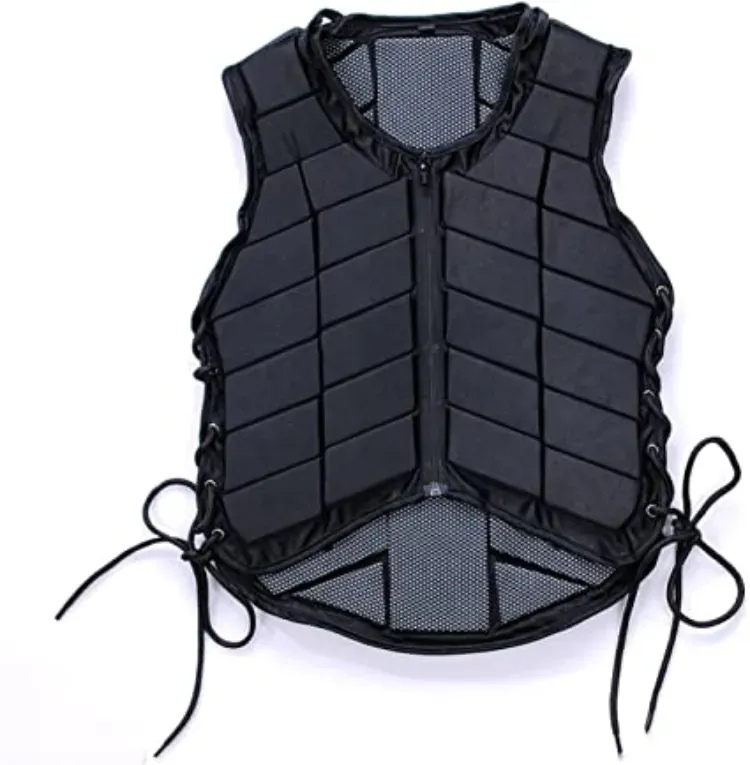
The Vest-style Body Protectors ( BETA-approved level 2 protection)
For those involved in medium-risk riding activities, such as recreational riding or riding club events, vest-style body protectors are an excellent choice. These protectors are designed to be worn close to the body, beneath outer garments, providing vital padding around the trunk. This padding serves to safeguard the back, ribs, and stomach. Vest body protectors are known for their lightweight and flexible nature, allowing riders to move freely in the saddle. However, it's worth noting that they do not offer the same level of impact protection as shell-style body protectors.
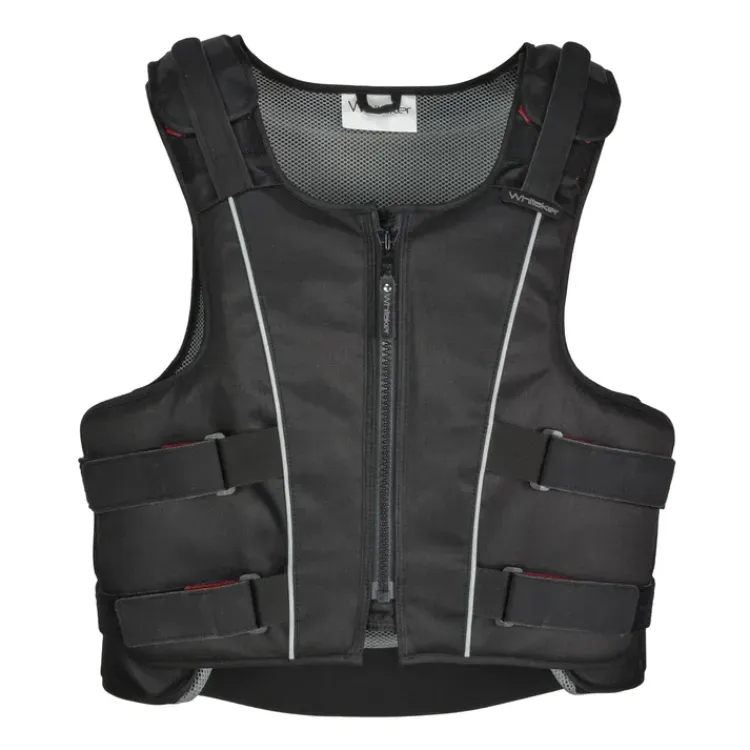
The Shell-style Body Protector ( BETA-approved level 3 protection)
These offer far more protection than vest-style body protectors and are made from impact-resistant composite material. The Racesafe Provent 3.0 is an example of the latest generation and it is flexible, lightweight, and breathable.

Shoulder Pads
Many body protectors come with shoulder pads to protect both the scapulars and collar bones. BETA Level 3 shoulder protectors reduce the chance of breaking a collarbone by up to 80%.
How do you Fit Vest and Shell Body Protectors?
Correct fitting is essential and models have buckles, rip tabs, or drawstrings to finely adjust waist and chest sizes. It is important to have the correct length of body protector for your torso and this means it must be long enough to give maximum protection to the lower back, but it must not interfere with you sitting correctly in the saddle.
These body protectors must fit close to the body so they remain in place in the event of a fall.
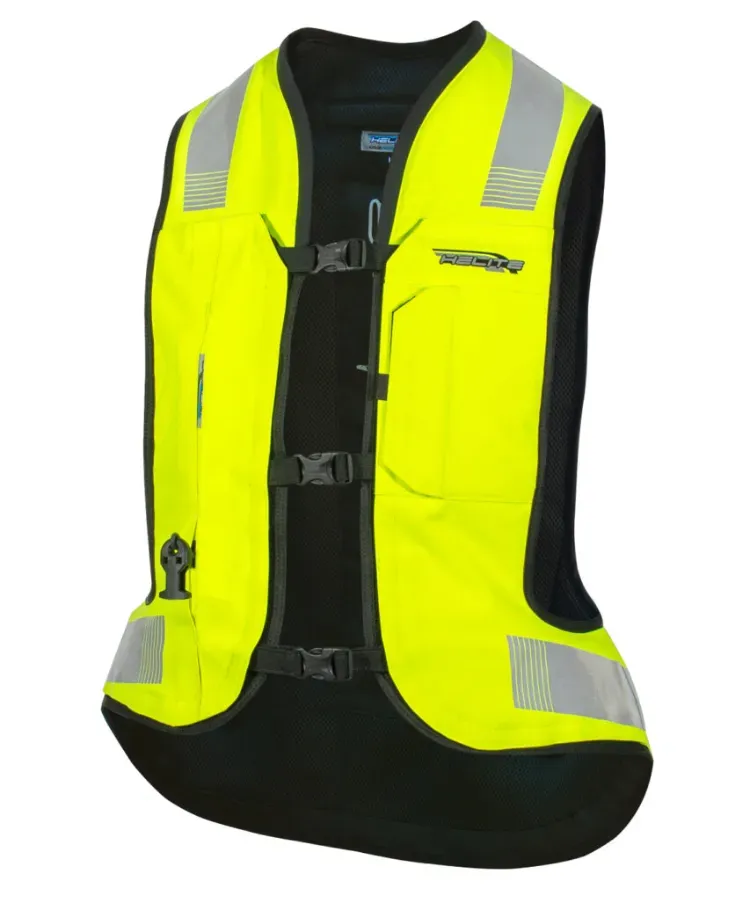
The Inflatable Body Protector - Lightweight Protection on Demand
Inflatable body protectors offer a unique approach to rider safety. These protectors are light and flexible, often featuring high-visibility colours. What sets them apart is their instant inflation mechanism, triggered by a CO2 cartridge when a rider is separated from their horse.
An inflatable body protector is excellent for all riders doing road work with their horses.
How do Inflatable Body Protectors work?
A bungee lanyard is attached from the front of the airbag to a saddle strap and this gives the rider free movement. However, the C02 cartridge is only activated when a rider falls and the lanyard pulls a key ball out of the cartridge. In this event, considerable protection is given to the rider’s neck, spine, ribs, and internal organs. However, the air vest quickly deflates again.
The Pros and Cons of the Inflatable Body Protector
Pros:
- They are wearable over levels 2 and 3 back protectors if you prefer a “belt and braces” approach to safety or need this high level of protection for a preexisting medical condition.
- In the cross-country phase of eventing, a BETA-approved level 3 body protector is compulsory but an inflatable protector can be worn on top.
- Air riding jackets are now made as inflatable body protectors and these jackets will look like traditional riding jackets until they inflate.
Cons:
- The lanyard must be unclipped before dismounting or else it could be deployed.
- An impact without a fall will not activate the inflation process but this is less likely unless you are riding under trees and even then the impact is likely to result in a fall.
- Once deployed the C02 cartridge needs replacing and until it is the protector will be ineffective.
- Inflatable body protectors are expensive to purchase but “what cost your life”.
The Hybrid Body Protectors: The Best of Both Worlds (BETA-approved level 3 protection)
Hybrid body protectors offer riders a combination of an air jacket and a level 3 body protector. These snug-fitting protectors can be worn over polo shirts or light sweaters and are permitted for use in the cross-country phase of eventing, providing maximum protection. Similar to inflatable protectors, they come at a premium cost but offer enhanced safety.
A Glimpse into Tragedy: The Superman Actor Paralysed in a Horse Riding Accident
Before we conclude, let's briefly reflect on the sobering story of Christopher Reeve, the actor who famously portrayed Superman in the iconic film series. In 1995, Reeve suffered a devastating horse-riding accident that left him paralysed from the neck down.
This tragic incident serves as a stark reminder of the risks associated with horse riding and the importance of safety measures, such as body protectors, to protect riders from life-changing accidents. Reeve's remarkable journey and advocacy for spinal cord injury research continue to inspire equestrians and the broader community alike.
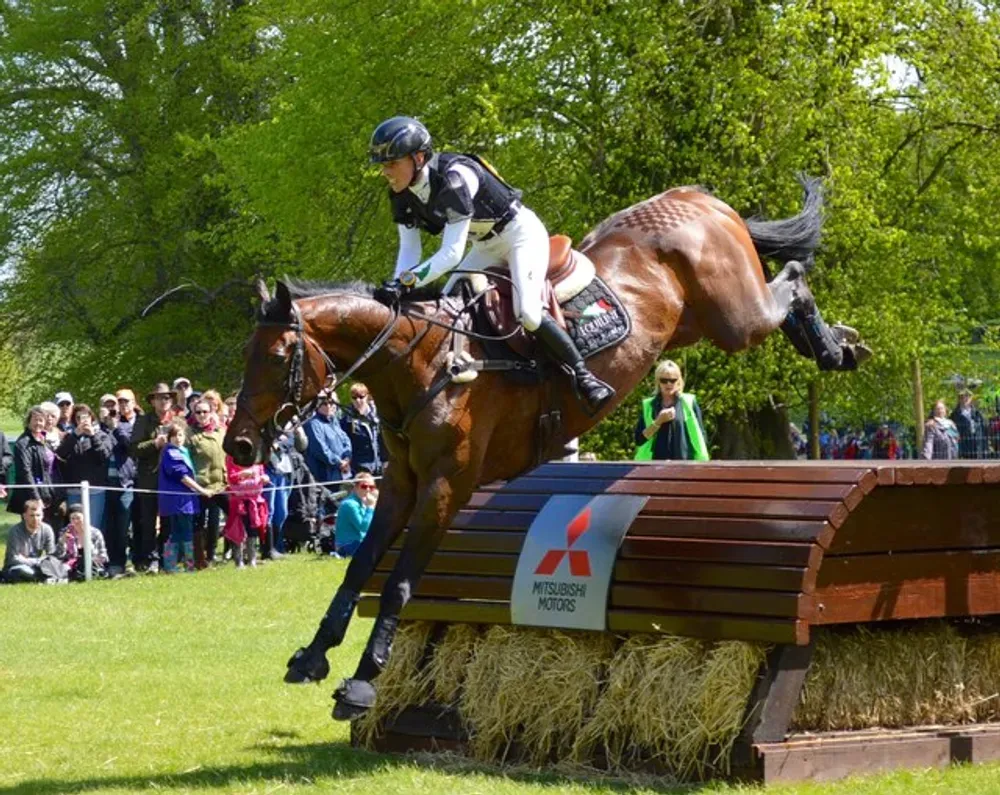
An Advanced Event Horse and Rider
Eventing with maximum protection is compulsory and totally needed for rider safety.
Conclusions
Now that you've delved into the world of equestrian body protectors, you are well-equipped to make an informed choice that suits your riding style and needs. Remember, body protectors are not just accessories; they are life-saving tools that instil confidence, whether you are a grassroots rider or an elite equestrian.
FAQs
In the UK Is it illegal to ride without a back protector?
Will I obtain cheaper personal riding insurance if I use a back protector at all times?
Can I wear a back protector when I am in a ridden showing class?
Will a hybrid protector be as good as a shell protector if the C02 cartridge is not replaced?
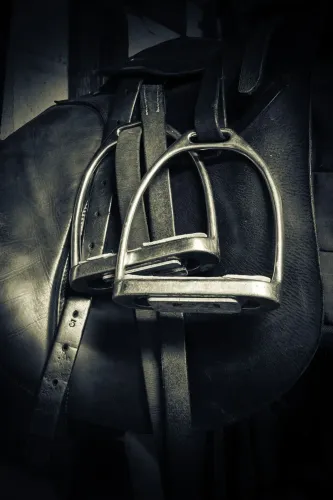
Article Suggestion
The Ultimate Safety Stirrup Guide
